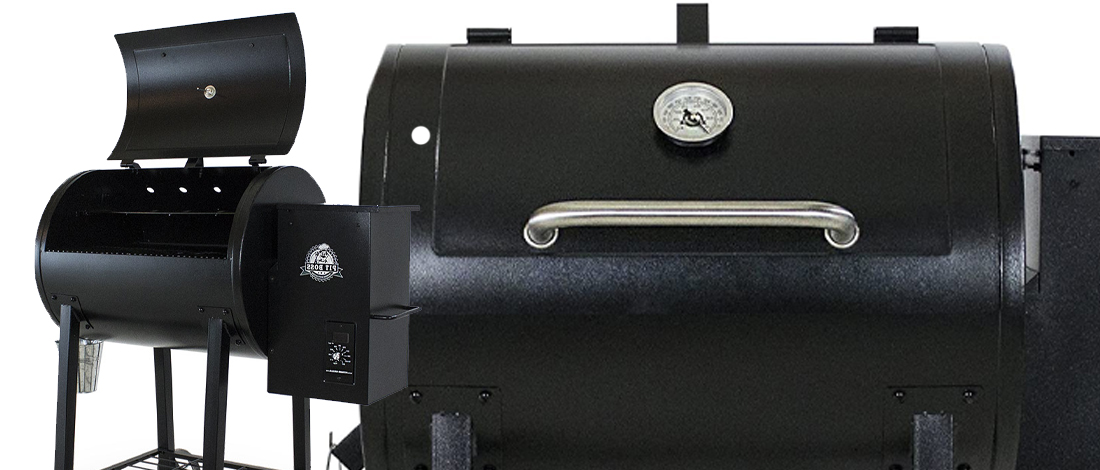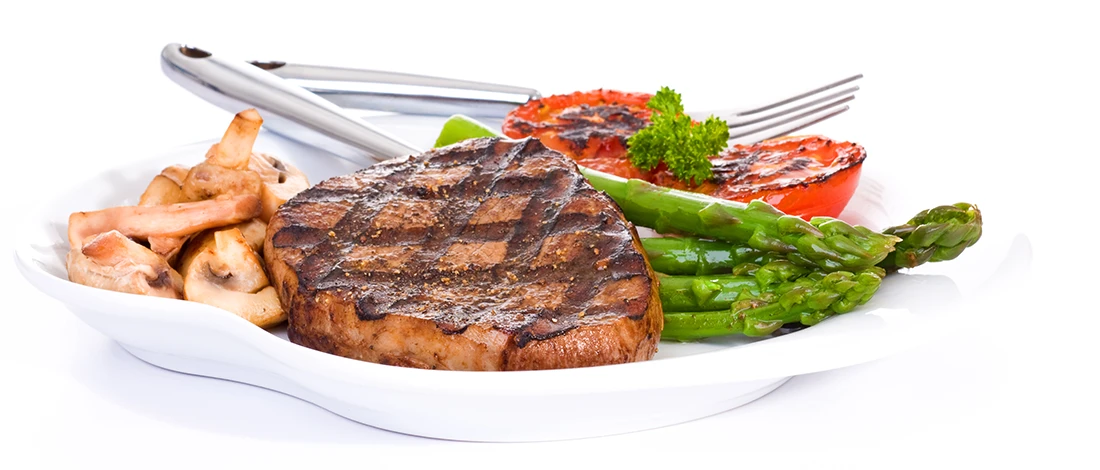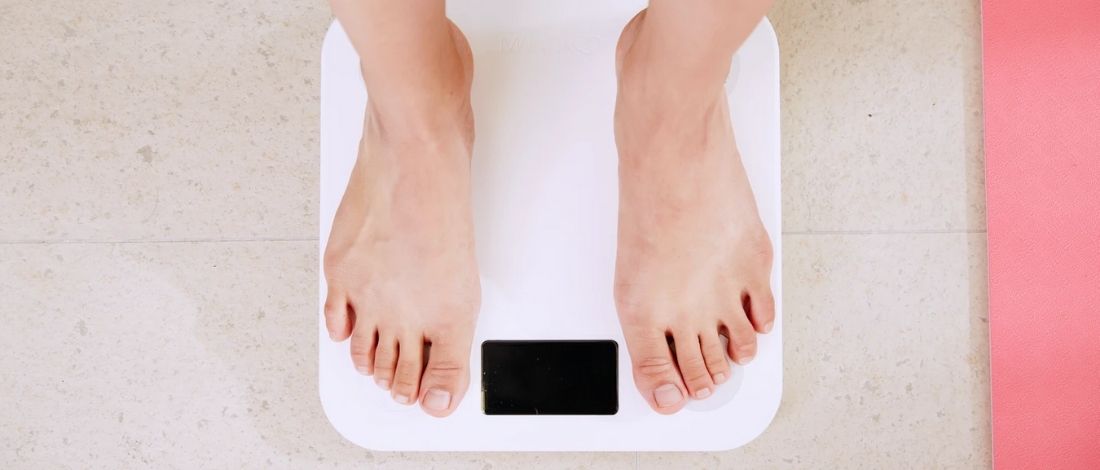When I first started my carnivore diet lifestyle, I experimented with different grills, and I didn’t pay much attention to the color of the flame.
It wasn’t until a friend pointed out that the flame on my grill wasn’t the right color.
How do you know the burners on your grill are doing what they’re supposed to? Moreover, should you be concerned if the flame is yellow instead of blue?
I’ve been using gas grills for over a decade and have had this happen several times since then, so I’ve become an expert on fixing yellow flames on my grill. Today, I’ll explain why your flame turns yellow and exactly how to fix this issue.
Quick Summary
- Yellow flames on a gas grill can be due to a bad mixture of gas and air, or blockages in the burner or burner tube.
- Blue flames with yellow tips are the ideal color, indicating complete combustion and sufficient heat production.
- Fixing yellow flames can involve checking regulator pressure, adjusting burners, cleaning burners, checking alignment, and unblocking burner tube holes.
Why Gas Grill Flames Turn Yellow?
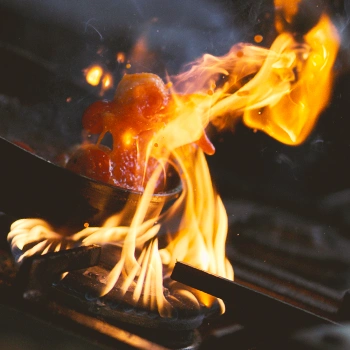
Gas grill flames turn yellow because of a bad mixture of gas and air or a blockage in the burner or the burner tube. I’ll talk about all of these, but first, let’s explain what flame should look like.
Both propane and natural gas grills should have blue flames. However, the blue flame of propane gas is more visible, while natural gas is light blue.
When the flame is blue, it means your grill can produce enough heat and maintain a certain temperature.
Blue flame also means your grill is having total combustion — it produces carbon dioxide and water vapor.
If you don’t want to be bothered with the color of the flame and want maximum safety, check out our round-up of the best infrared grills and enjoy a carefree BBQ.
Note: There should be some yellow color in the flame, but this should be contained at the tip or the core of the flame.
“When grilling with a gas grill, the flame should be blue. A healthy grill flame may have a little yellow on the tips of the blue flame, but if you’re seeing a solid yellow flame, something isn't quite right. Check a few things: Regulator Pressure. The most common cause of yellow flames is low gas pressure from the regulator, which is an easy fix that you can do at home.”
- Chair Broil, Leading Grill Brand
The natural gas flame will look colorless in bright weather because the blue color isn’t very visible in sunlight.
The best way to check the color of a natural gas flame is to observe it in the dark. In case you see a yellow or orange flame, or even green, it’s a sign there’s something wrong.
Yellow or orange flames can be caused by a bad mixture of gas and air. Different gases need different amounts of air for complete combustion.
For example, propane needs an air-to-gas volume ratio of 24:1 [1]. An incorrect air-to-gas volume can cause a low flame, low heat, and uneven heat, which can cause issues when grilling.
Apart from an incorrect air and gas mixture, here are the most common reasons why you have a yellow flame on your gas grill:
- There are leftover food particles, grease, or soot on cooking grates and burners, which blocks the gas orifice
- Broken burner tube
- Burner tube has food or grease build-up in the holes
- Grease on the flavorizer bars
- Pressure regulator not working
- Air shutter not adjusted correctly
- Spiders nest in the burner and venturi tube
5 Ways to Fix a Yellow Flame on a Gas Grill

There are several ways you can fix a yellow flame on your grill:
1. Check Regulator Pressure
Regulator pressure is the most common cause of yellow flame on a grill. This is a device connected to propane tanks. Its purpose is to regulate the propane pressure and help the grill have complete combustion.
Usually, the pressure regulator either gets stuck or doesn’t work as it should. A stuck regulator happens in two situations:
- You turn on the burner before the propane tank valve
- You shut the valve first and the burners second
The propane tank valve has to be fully open. If it’s only partially open, it causes the leaking of propane out of the tank.
If you have low gas pressure because the pressure regulator is stuck or stops working, you have to fix it. If you have a stuck regulator, follow these steps to fix it [2].
- Open the grill lid
- Turn off the propane tank gas
- Disconnect the gas hose and pressure regulator from the gas tank
- Turn the propane tank knob to high/full setting for one to three minutes
- Turn off the control valves
- Reconnect the gas line to the tank knob
- Slowly turn on the gas valves
- Ignite the grill
- You should have blue flames
If you follow these steps and still have a yellow flame, you should buy a new hose and regulator.
If the steps helped you fix the yellow flame issue, you could prevent it from happening again. Make sure always to turn off the tank control valves first and then the tank valve slowly.
2. Adjusting the Burners

Bad air in the gas mixture can also cause a yellow flame. To fix this, you’ll have to get under or inside the grill to adjust the burner air intake, specifically the air shutter.
The air shutter is a small tube located above the burner valve. It has an opening to control the amount of air entering the tube, leading to the burner.
The burner adjustment point is where the burner is connected to the grill manifold.
This location depends if you have a propane grill, natural gas, and the grill brand, so you should consult the manual to locate the adjustment screw.
The air shutter opening has a sleeve that can be adjusted through the screw to regulate airflow. You have to loosen the screw to rotate the metal sleeve and have more outlets for ambient air.
Once you’ve adjusted the opening, tighten the screw and light the grill. Wait about a minute until the flame settles, and check if you still have a yellow flame.
If you do, try adjusting the burner air intake again until you have a blue flame with only yellow tips. Or, you should try cleaning the burners.
3. Cleaning the Burners
If adjusting the burner holes doesn’t help, you should try cleaning them as debris, grease, or food leftovers may be stuck on the outside of the burner.
The blockage forces the gas out of the unblocked holes, which leads to too much pressure and yellow flame.
You should try brushing the outside of the burner to remove any debris. If this doesn’t help, you’ll have to remove the burners and clean the inside completely.
You should check the manual on how to remove the burners safely, but a good rule is to be gentle when removing them.
You don’t want to damage the burner and have to replace it.
Once the burner is removed, use a wire or a pipe cleaner to remove the debris inside it. You can also blast it with an air compressor or wash the burner, but make sure it’s completely dry before you put it back on.
Learn More: How to Clean Burners on a Gas Grill
4. Check the Alignment
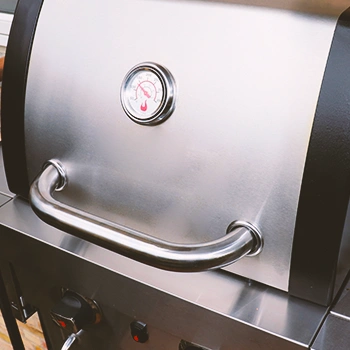
Another issue that causes yellow flames could be simply an adjustment problem.
The gas needs a straight line through all parts. But sometimes, the burners, control valve, and manifold aren’t correctly aligned, so the gas can’t flow properly.
You should check the gas flow to make sure there’s correct alignment in your grill. While examining the alignment, also look for cracks or holes in any of these parts.
If any of the parts are damaged, this could cause yellow flames, and you’ll have to replace them.
5. Unblock the Burner Tube Hole

The burner hole tube is another place that tends to get blocked and cause yellow flames.
Burner tubes are long metal pipes that gas goes in. These tubes have many holes, and the flame goes from one end to another via the holes. This makes the burner tube look like a small orange tube.
When you use your grill for hours at a high temperature, food leftover, grease, and soot start to deposit in these holes. This build-up leads to a yellow flame.
You can use a grill brush to clean the clogged holes. You can also use paper towels and wipe down the tube to remove grease and debris.
Check that your burner tubes aren’t bent and without dents while cleaning.
If the grease or debris is hardened and difficult to remove, you can place the tube in warm water with some soap.
Let it soak, and then scrub with a wire brush. Before you attach the tubes again, make sure they are thoroughly dry.
FAQs
What Does It Mean When I Have a Yellow Flame?
When you have a yellow flame, it means there’s incomplete combustion. Yellow flames or orange flames mean there’s not enough oxygen, and the flame is at a lower temperature.
Is Yellow Flame Too Much Air?
Yes, yellow flame can be too much air. Yellow burner flames mean you have an improper air-to-oxygen ratio.
References:
- https://sagemetering.com/combustion-efficiency/air-fuel-ratio-effect-on-combustion
- https://www.charbroil.co.uk/yellow-flames-instead-of-blue/



